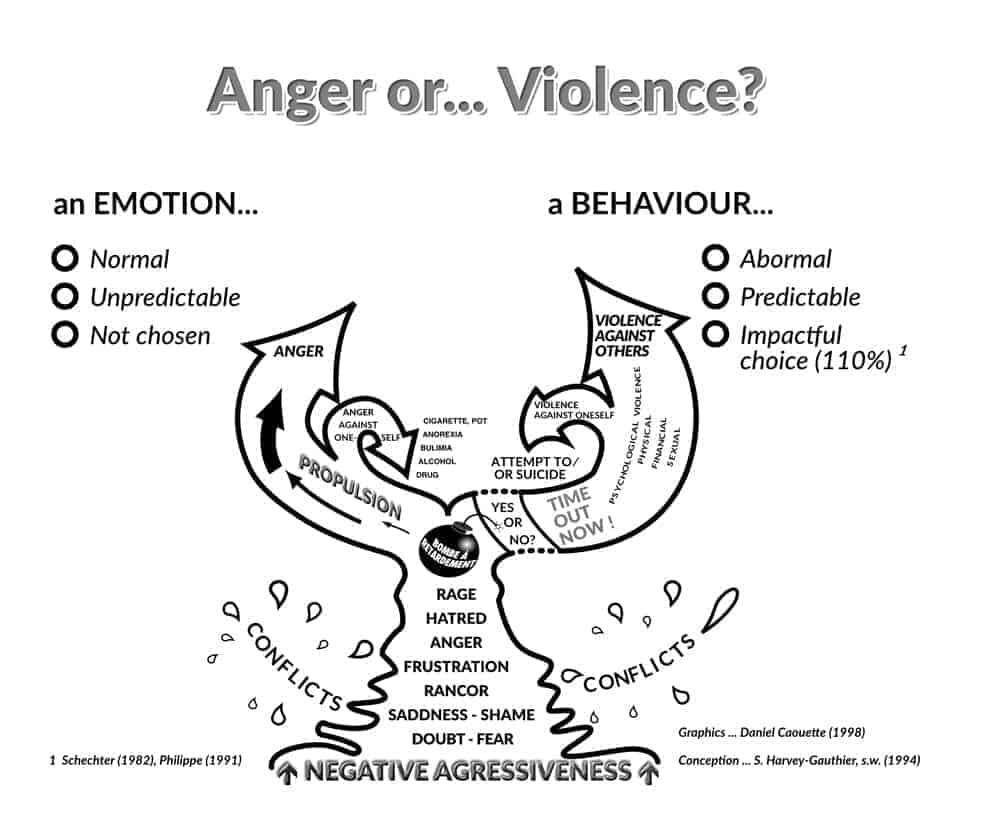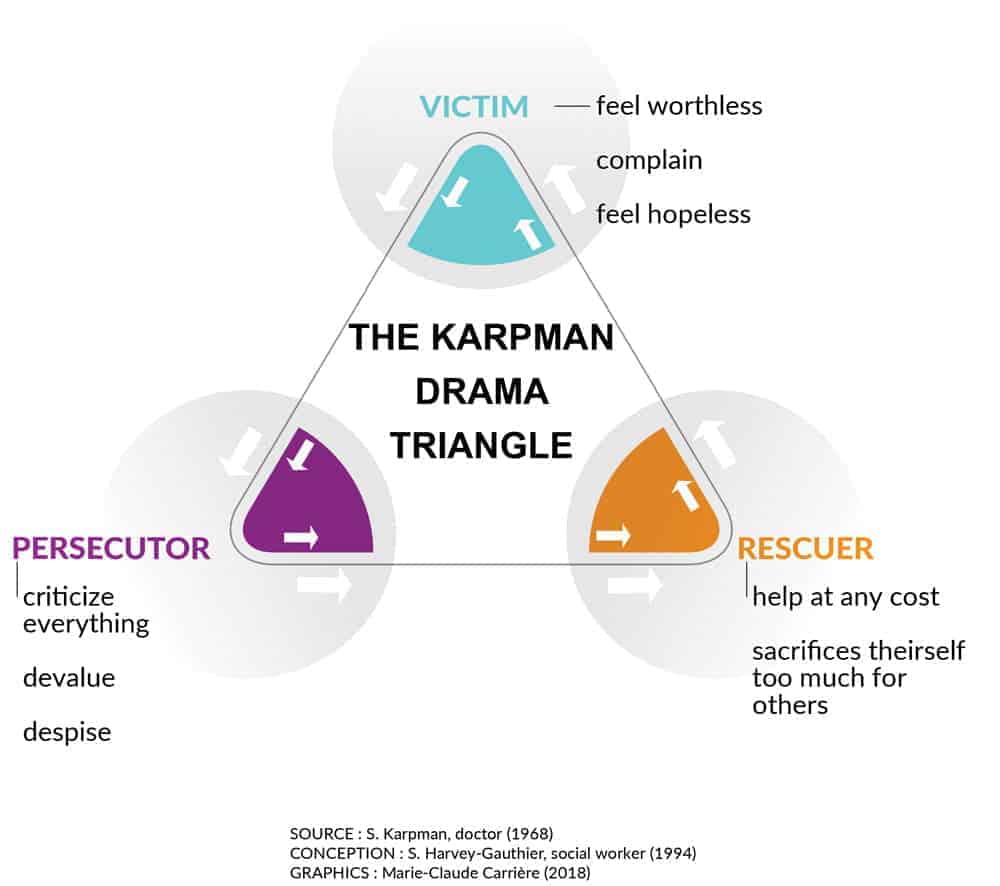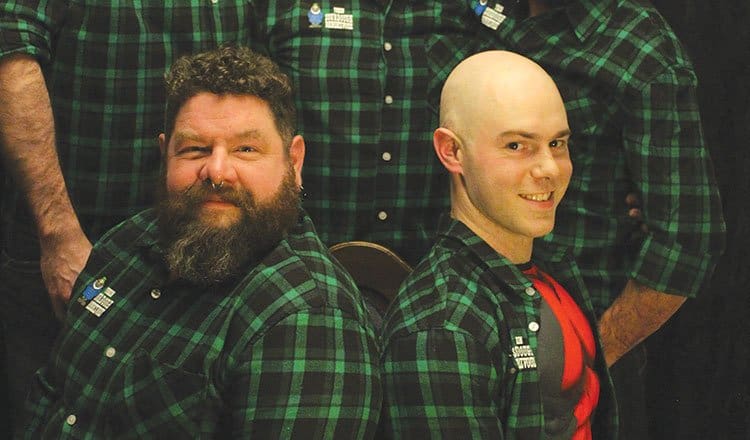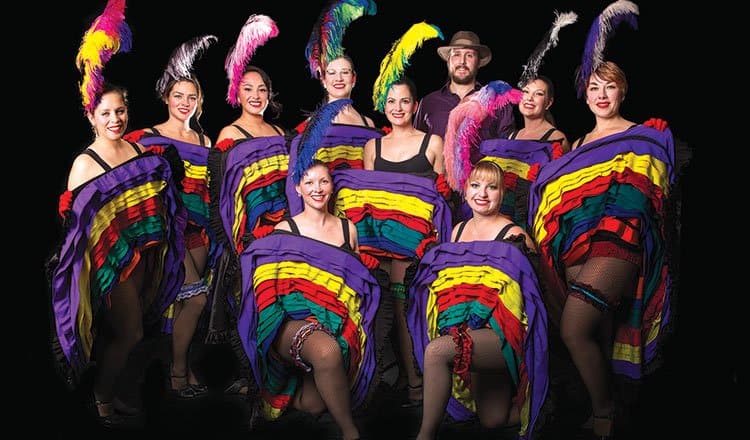Part four of six
The information regarding the Cycle of Violence in my past articles, including its three categories (affective, organizational/professional, and social) and the four forms of violence (psychological, physical, sexual and financial) would not be complete without an overview of the five principles that “construct” this phenomenon. These foundations are essential to understanding violence which, far from being complex, always comes down to the simple concepts that I have shared with you over the last few weeks. By gaining this knowledge, you should never feel crushed by the horror of violence—in all its forms—which one might encounter nearby or from afar. Further, the Yukon possesses excellent support resources for victims of all forms of violence (see previous articles). Let us now discuss the five foundations of violence.
Five principles
The following principles are generally accepted by the majority of experts and are unavoidable in all information or treatment of the phenomenon.
Violence is chosen by the individual and constructed by society with the goal of controlling or dominating the victim-s (Schechter, NY, 1982, p. 108). How? Through continued wage inequality for women. Through a culture that glamourizes force and control as ways to resolve frustration. Through many aggressors’ impunity to human suffering (residential schools, dictatorships, legalized arms sales). Through pornography and international media that operates continuously without any memory of the past, and which prefers to normalize visible acts of violence. In this sense, violence is a lifelong collection of non-decisions made in response to events by a person whose lack of desire to take charge is a constant theme. Next, several such people gather, either online or in person in supremacist groups such as ISIL or others. In the United States alone, the Southern Poverty Law Center monitors 201 per cent more hate groups now than it did in 1998.

Secondly, there are multiple origins and causes of violence that stem from individuals, dysfunctional families, oppressive systems such as patriarchy, colonialism, racism, heterosexism (Damant et Flynn, QC, 2013), and homophobia (Dorais, QC, 1994). A powerful superiority idea (Strader, 1979) maintains everything like a spider web—a simplistic concept generated by the pride of some people.
Next, violence is integrated behaviour as a means of resolution when one’s negative aggression is not managed. Violent behaviour is the result of learning how to remove advantages or to “develop one’s frustration, disarray, need for control and powerlessness” (Philippe, 1991) [translated].
The fourth principle is that as much as anger is a normal, unexpected and not chosen emotion we encounter in life, violence is abnormal behaviour that is predictable and 110 per cent chosen by the aggressor as a means of expressing their anger.

A fifth principle, which is mine, states that violence always hides itself within themes such as love, kindness, common sense, skill, or tradition (to name a few) that exist in a relationship known as a “drama triangle.” These themes are false “2+2=3” rationales that I call “gift-wrapping wow!” or coating. They mask a singular concept: that of the “idea of superiority.” Finally, remember that failing to gain control through psychological, physical, sexual or financial violence, the aggressor who does not seek ongoing professional help will sadly try to get revenge or become destructive. There is ample coverage of these cases in the media, ad nauseam.
In conclusion of this series of articles, remember that there are four phases to the Cycle of Violence and that it is always coated in several false rationales that hide a ubiquitous “idea of superiority.” In the three categories of violence—affective, organizational and social—violence exists in different levels of intensity and under four forms: psychological, physical, sexual and financial. Further, the five principles or foundations are necessary to properly understand this phenomenon that worries us all. Further columns will discuss, in ascending order: cowardice; the means of creating, developing, stoking and propagating violence such as the “pink glasses” technique; indignation; “boiling frog” syndrome; and the Taqiya, which is the art of dissimulation by dupery.
Resources in the Yukon
Emergency
Whitehorse: 911
Communities: first 3 numbers and 5555
Help and Victim Services
Yukon and Northern B.C.: 1-800-563-0808
24/7 shelters (collect calls)
Carmacks 863-5918
Dawson 993-5086
Ross River 969-2722
Watson Lake 536-7233
Whitehorse 668-5733 / 633-7699 / 667-2693
Whitehorse Les EssentiElles 668-2636
Elder abuse: 1-800-661-0408 x3946
Residential school survivors:
867-667-2247 (collect)
Yukon Distress & Support Line: 1-844-533-3030
Child support and protection
Atlin 651-7511
Beaver Creek and Burwash Landing 634-2203
Carcross 821-2920
Carmacks 863-5800
Dawson 993-7890
Destruction Bay and Haines Junction 634-2203
Faro 994-2749
Mayo 996-2283
Old Crow 993-7890
Pelly 863-5800
Ross River 969-3200
Teslin 390-2588
Watson Lake 536-2232
Whitehorse 821-2920
Sources: The first pages of your Yukon and Northern British Columbia phone book.
The website: “Surviving in Yukon”
The escalation of violence




